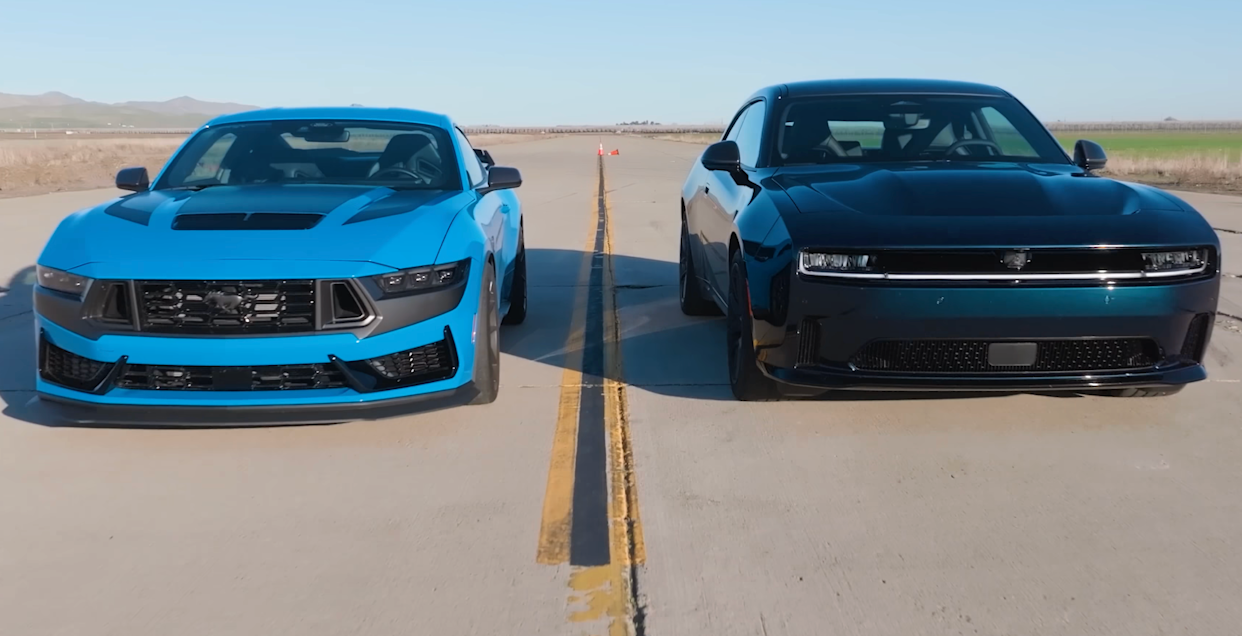
⚡️ Read the full article on Motorious
Edmunds’ U-Drags test shows the electric Dodge Charger Daytona outlaunching Ford’s Mustang Dark Horse, intensifying the muscle-car EV versus V8 debate.
A battery-electric Dodge Charger Daytona Scat Pack Stage 2 outran Ford’s V8-powered Mustang Dark Horse in a new Edmunds “U-Drags” comparison, sharpening the debate over whether instant electric torque now defines muscle-car performance.
In instrumented tests published by the automotive research site, the all-wheel-drive Charger Daytona leveraged its dual-motor setup — rated at 670 horsepower and 849 newton-meters (about 626 lb-ft) of torque — to post the quicker launches and shorter elapsed times. Edmunds recorded a 0–60 mph sprint of 3.3 seconds for the Dodge, a figure that translated into decisive advantages from a standing start.
The rear-drive Mustang Dark Horse, propelled by a naturally aspirated 5.0-liter V8 rated at 500 horsepower and 567 newton-meters (about 418 lb-ft), responded with the visceral sound and linear pull that have defined the nameplate for decades. Paired to a 10-speed automatic transmission, the Ford clocked a 0–60 mph time of 5.0 seconds and a quarter-mile pass around 12.0 seconds — competitive for a street-legal pony car, but not enough to match the Dodge’s electric shove off the line.
Edmunds’ video also spotlighted the contrasting personalities. The Charger’s repeatability and traction out of the gate underscored the advantages of all-wheel drive and torque delivery without gear changes. Dodge’s Fratzonic Chambered Exhaust — an artificial, cabin-and-exterior sound designed to mimic muscle-car drama — added theater to otherwise near-silent acceleration.
The Mustang, by contrast, won points with editors and spectators for engagement: a climbing, mechanical soundtrack; throttle response that rewards driver finesse; and the sense of effort at higher speeds. While the Ford’s top-end pace narrowed gaps later in runs, it could not erase the distance the Charger created in the first seconds after launch.
The matchup arrives at a turning point for the segment. With the Dodge Challenger and Chevrolet Camaro retired, the Mustang stands as the last mass-market V8 muscle car. The Charger Daytona, meanwhile, represents Stellantis’ bet that the attributes enthusiasts value — straight-line speed, presence and drama — can be recreated with electrons. Early results suggest that, on a prepared surface and equal reaction times, the stopwatch favors the EV.
Not all feedback tilted electric. Purists who watched the test argued that the Ford’s feedback and power delivery remain central to the muscle-car ethos, even if the numbers trail. Others pointed out that road-course performance, heat management and charging infrastructure remain open questions for high-output EVs used beyond short bursts.
Still, the data from the Edmunds session was unambiguous: from the tree to the stripe, the Charger Daytona’s instant torque and traction proved decisive. Whether that defines “muscle” going forward may depend less on tradition than on what drivers value: the thrill of mechanical crescendo or the sudden, quiet violence of electric thrust.
Sign up for the Motorious Newsletter. For the latest news, follow us on Facebook, Twitter, and Instagram.
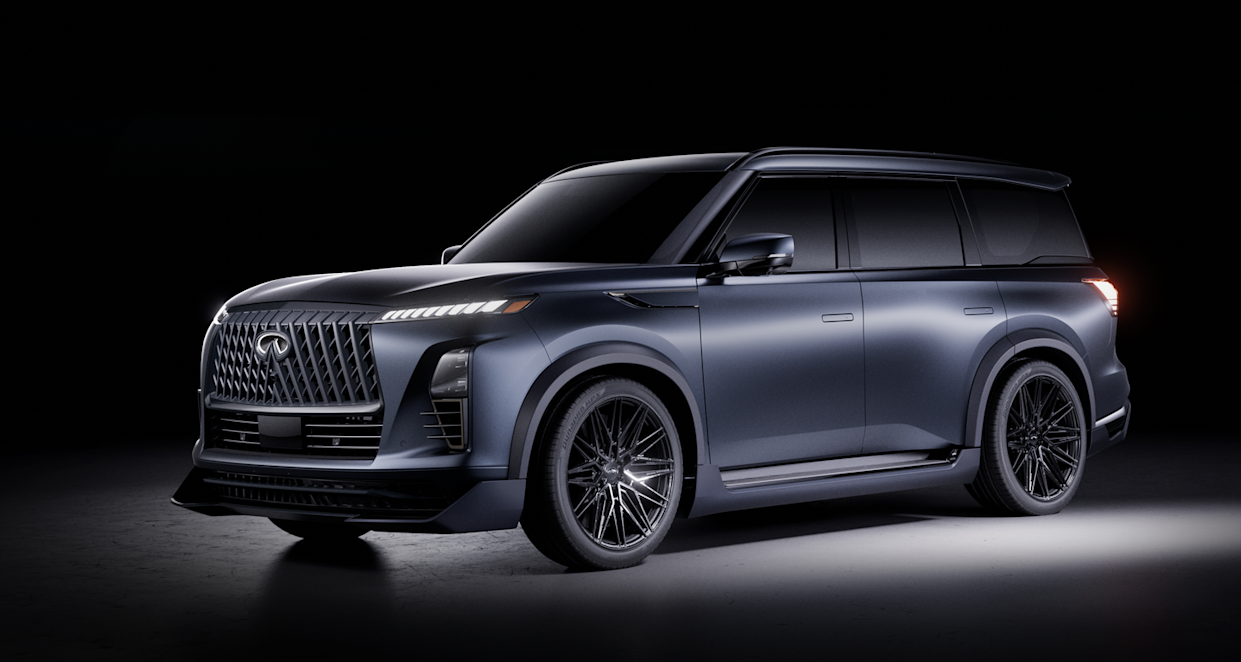
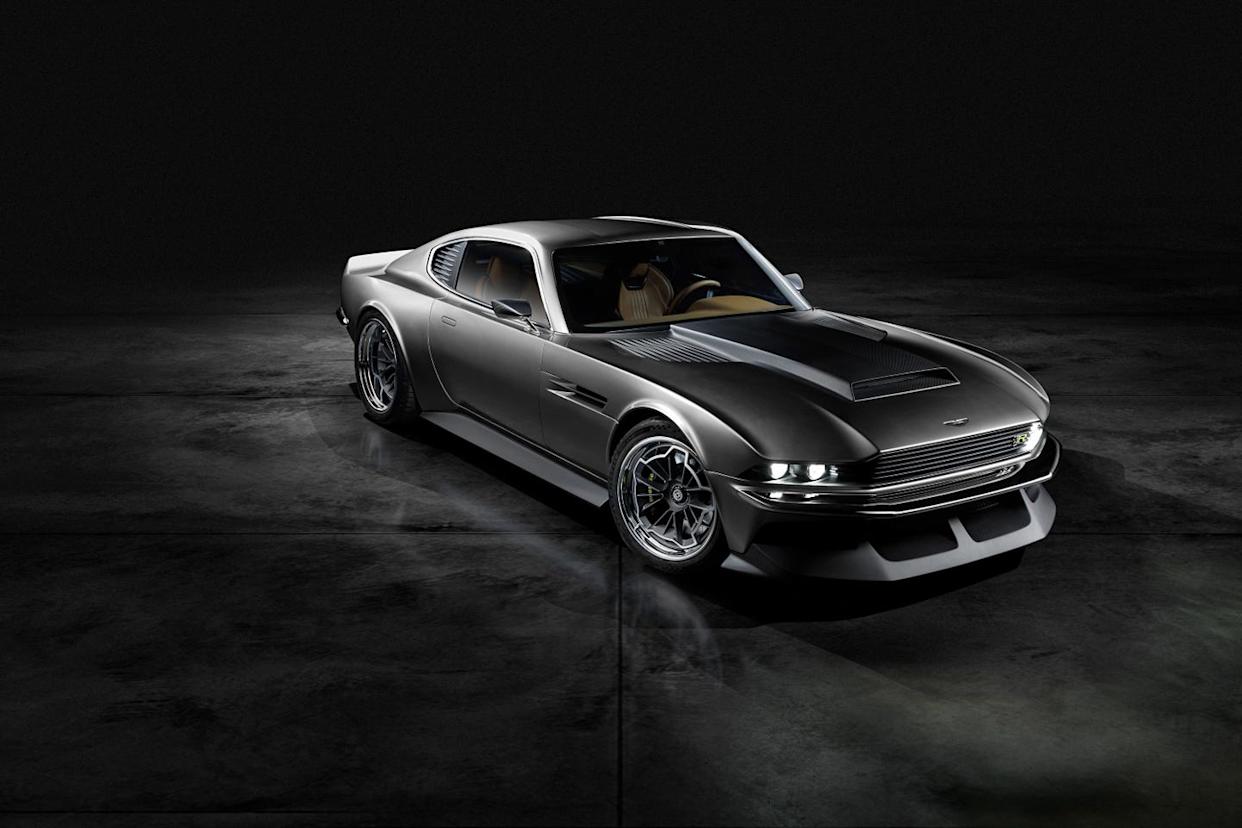
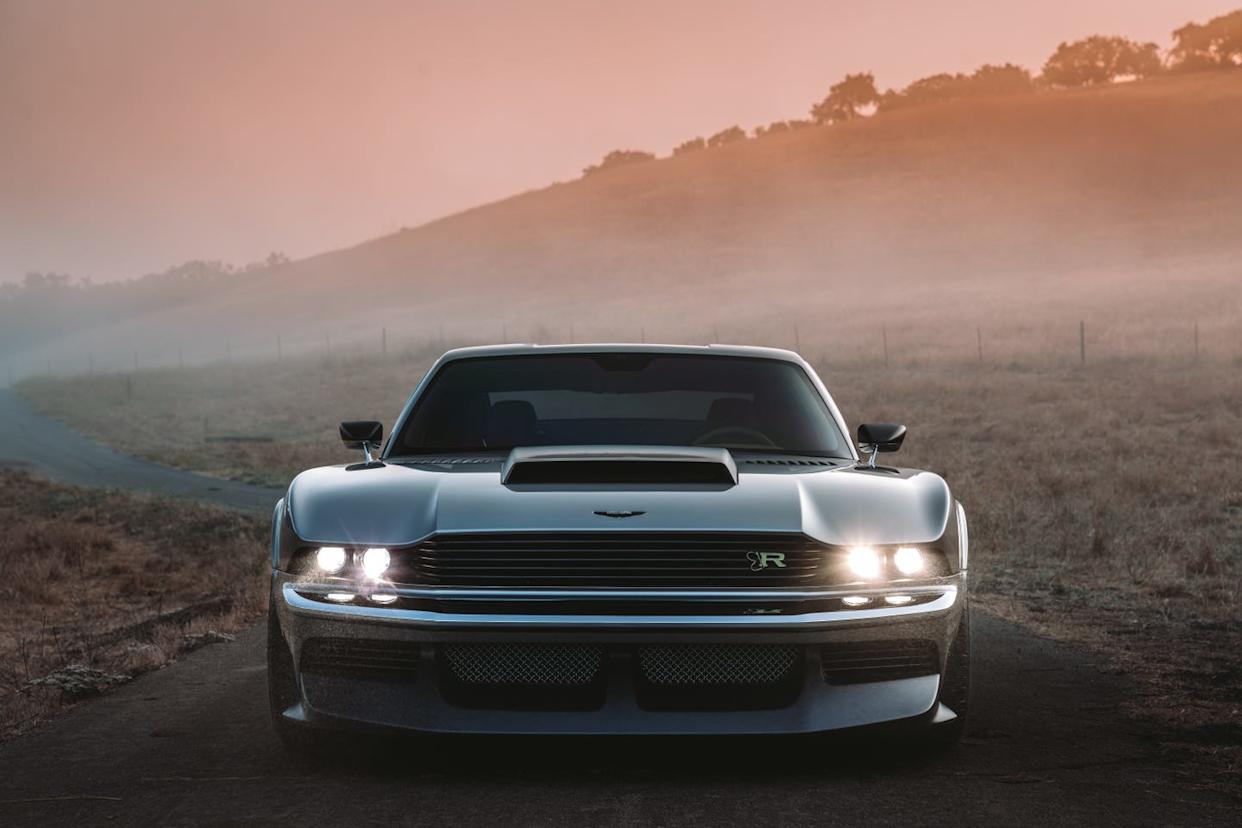
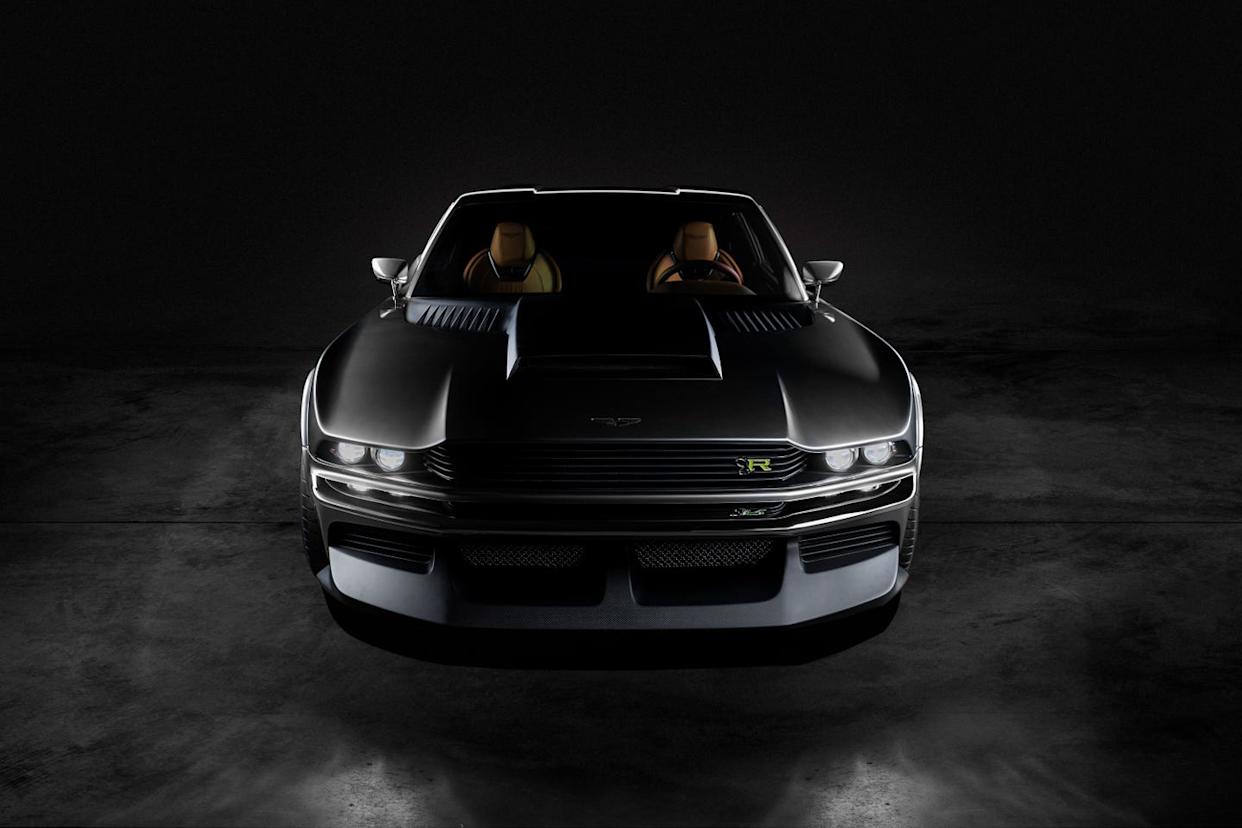
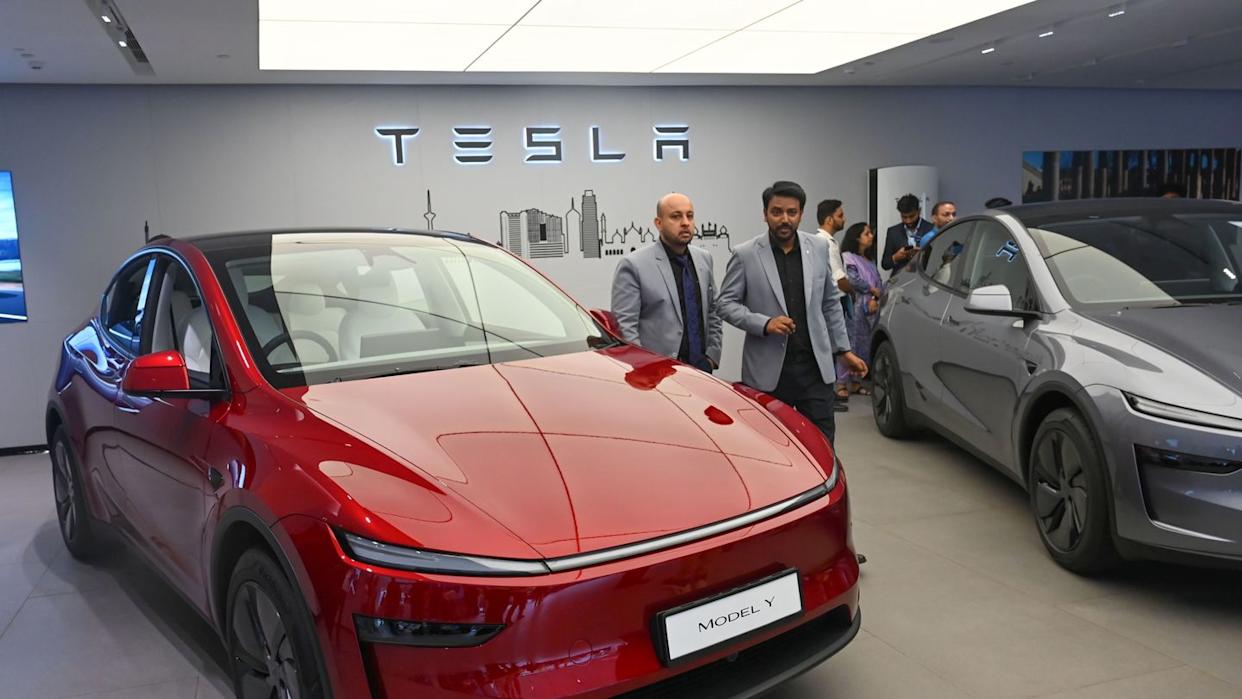
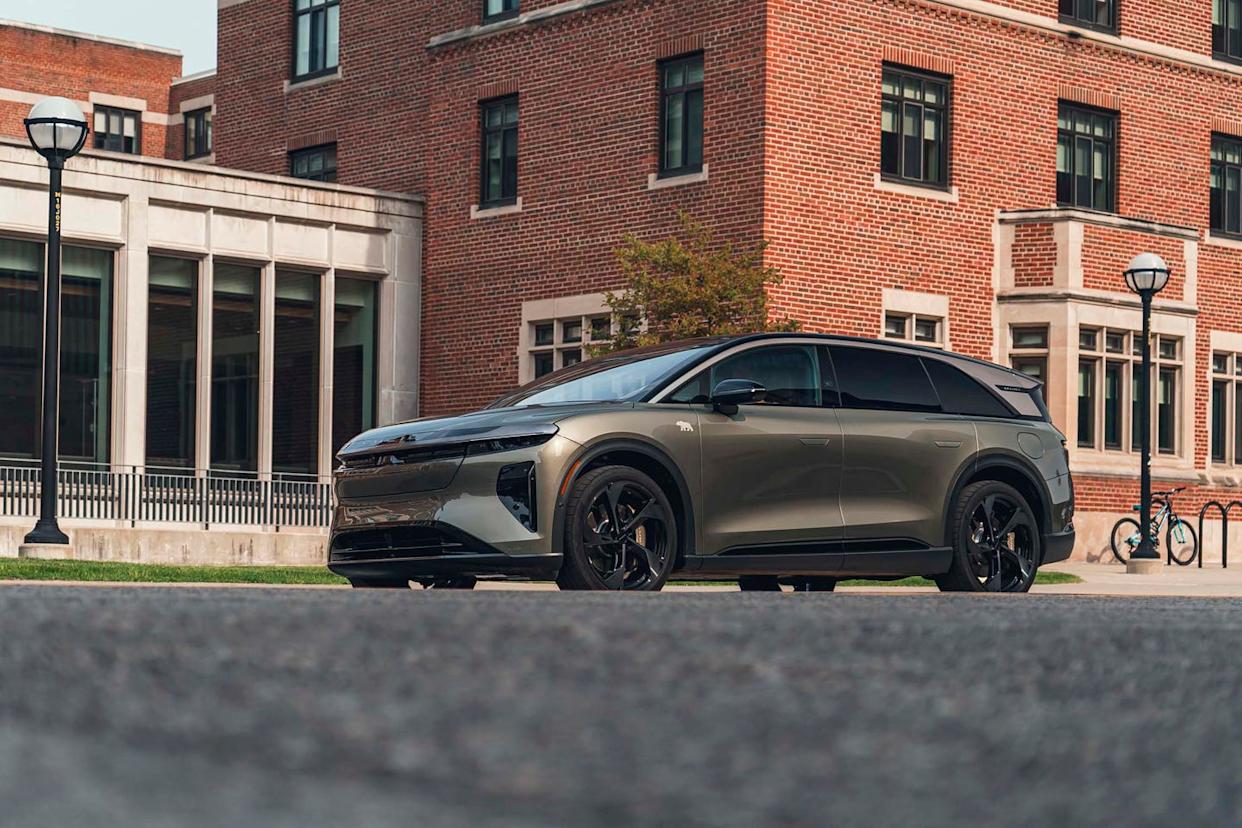
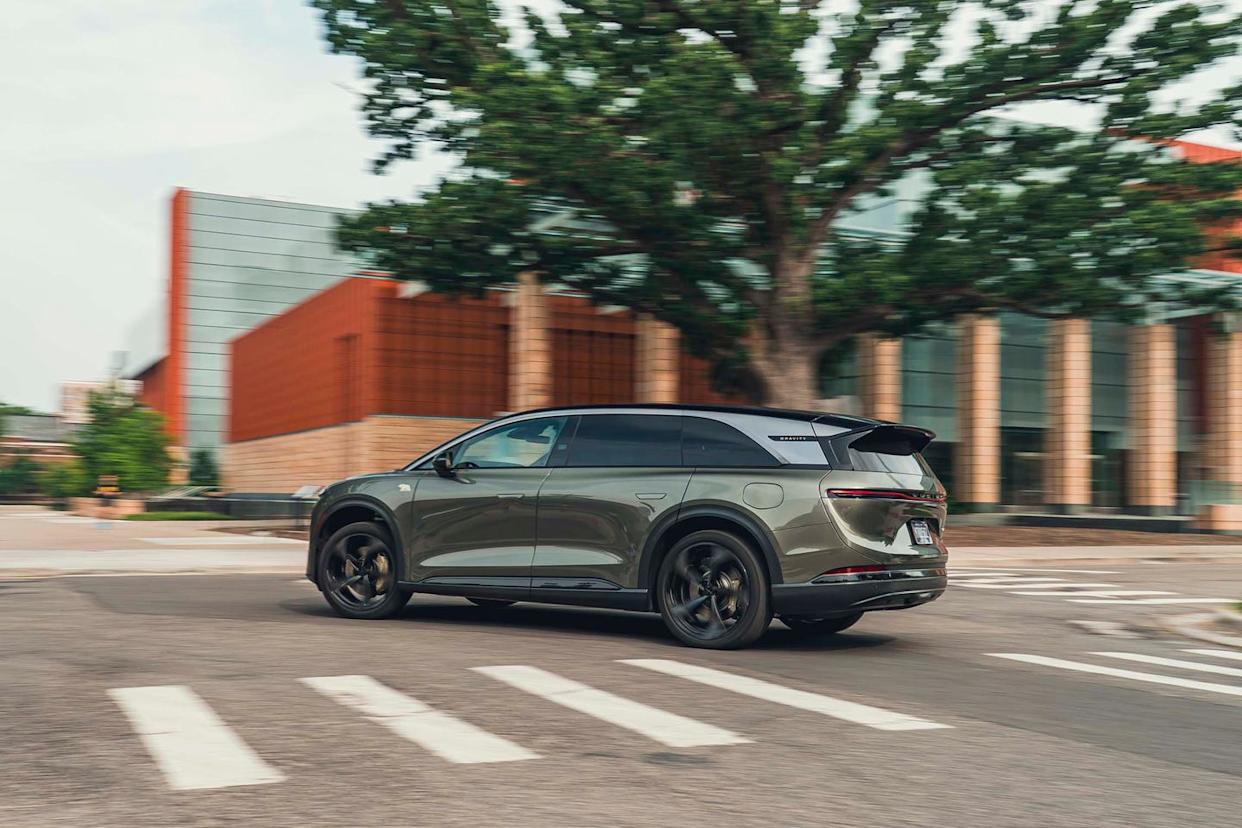
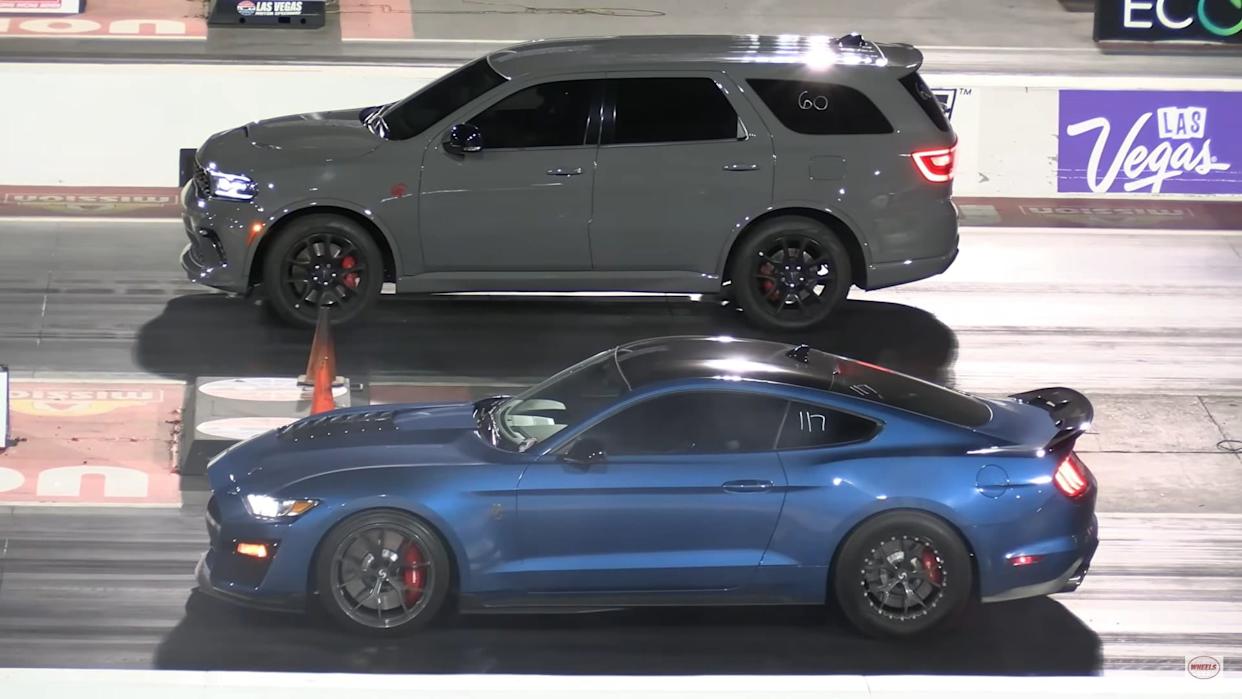
Comments